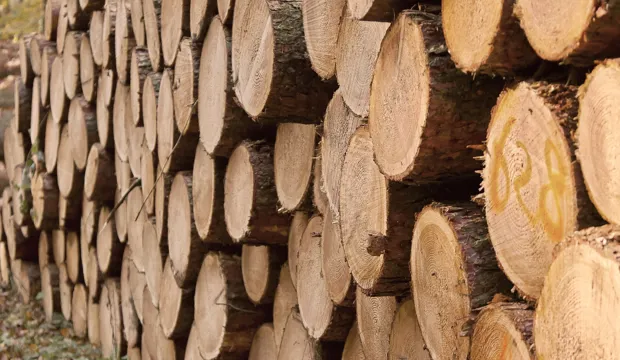
Create a litter collection pictogram
Learn how to create a pictogram to visually display data in this free activity
When litter is thrown on the floor, it not only looks awful but can have a very bad effect on animals and wildlife. It is ‘litter-ally terrible’!
In this activity, learners will learn about litter and how data can be recorded and displayed. They will collect different types of litter and record the amount of each type found in a tally chart. They will then learn how to create a pictogram to visually display the collected data.
This activity is a great way to learn about litter and how data can be recorded and displayed. It is also a fun and engaging way to get involved and make a difference.
Activity: Create a litter collection pictogram
This activity is one of a set of resources developed to support the teaching of the primary national curriculum. They are designed to support the delivery of key topics within maths and science. This resource focuses on collecting different types of litter, recording the data in a tally chart and creating a pictogram.
This activity can be used as a standalone activity to develop knowledge and understanding of methods of recording and displaying data. It can also be used as part of a wider scheme of learning focusing on statistics. Additionally, it can be used to teach aspects of the science curriculum, such as the impact of human activity on animals and their habitats.
What is litter?
Litter refers to discarded waste or trash, typically consisting of items like paper, plastic, glass, metal, or other materials, that are irresponsibly or improperly disposed of in public places such as streets, parks, sidewalks, and natural environments. Littering is considered an environmental problem as it can negatively impact the appearance of an area, harm wildlife, and contribute to pollution.
The engineering context
Engineers use mathematics knowledge and skills on a daily basis to design, analyse, and solve problems. They need to have a strong foundation in basic concepts, such as collecting and recording data.
Environmental engineers are responsible for protecting the environment. They use their knowledge of mathematics, science, and engineering to design and implement solutions to environmental problems. The more they understand about the natural environment, the better they can do their jobs.
Suggested learning outcomes
By the end of this activity, students will know that litter is waste left somewhere it is not wanted. They will have collected different types of litter and recorded the data in a tally chart, and they will be able to create a pictogram of the data collected.
Download the free activity sheet below!
All activity sheets and supporting resources are free to download, and all the documents are fully editable so that you can tailor them to your students and your schools’ needs.
The activity sheet includes teacher notes, guidance, helpful web links, and links (where appropriate) to the national curriculum in the four devolved UK nations: England, Northern Ireland, Scotland and Wales.
Please share your classroom learning highlights with us @IETeducation





